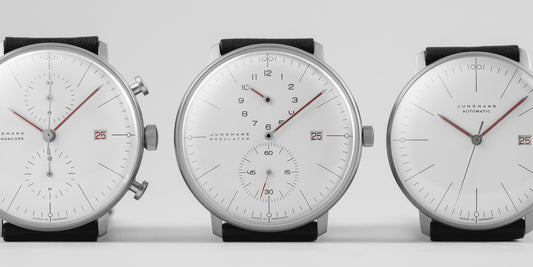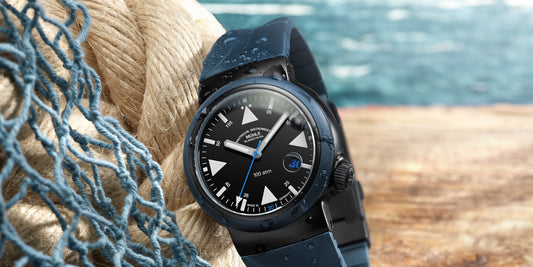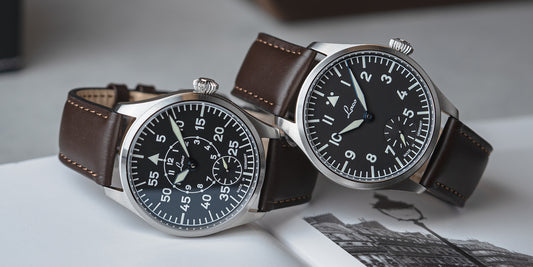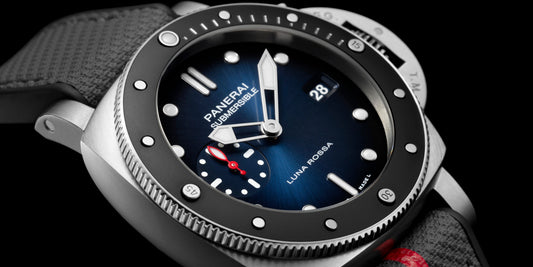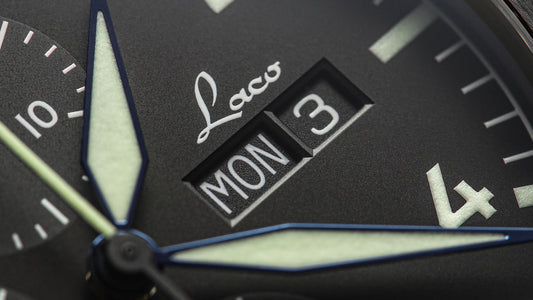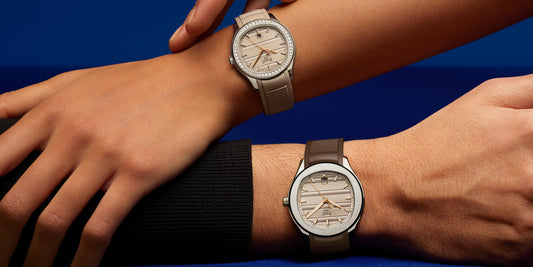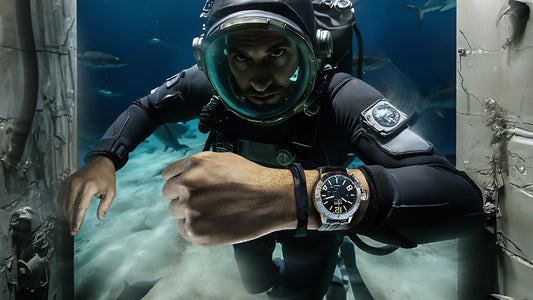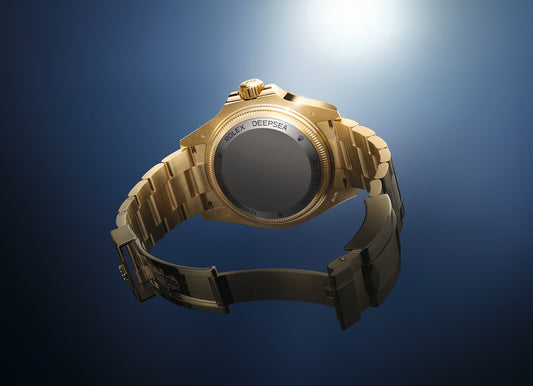Designing an impressive Diver range isn't a sprint, it's a Marathon...
It’s always interesting when a watch manufacturer synonymous with a particular type of product goes off-piste and develops something fundamentally different from their regular portfolio. This is exactly what Marathon has done with their professional dive watch range. The Marathon Watch Co. from Ontario, Canada, was founded in 1939 by Morris Wein. They made a name for themselves during WW2 by providing combat watches and timing equipment to the Allied Forces. Now under control of the fourth generation of the Wein family they are well known in military and outdoor circles for designing robust combat-ready watches. If you run into a soldier on duty with the US, UK, or Canadian military there is a good chance they may be issued with a Marathon.
There are currently three principal watch collections within the brand; the General Purpose, which is a simple effective field watch, the Navigator Pilot, by far the most recognisable and widely used, and perhaps the least known, the Diver SAR which we will focus on here.
First it is important to note that almost all Marathon watches use tritium vials on the indices and hands as opposed to standard luminescence. These sealed tubes deliver no higher than 25 millicuries of radiation which allows them to fall within current US military specifications MIL-PRF-46374G. The benefit of this illumination source is that it burns brightly for around 25 years, in multiple colours, and visibility is much improved from standard lume. In fact, tritium is so visible, that in certain operational theatres it is considered too bright for safe tactical use. However, for 99.9% of users this additional legibility is a real asset, and it is especially useful when diving.
The Marathon Diving range comprises of three models: the GSAR, MSAR and TSAR, with SAR in all models standing for Search and Rescue.
GSAR

The Marathon Large Automatic Diver's Watch (GSAR) - Image credit WatchGecko.
The GSAR is powered by the M2 automatic calibre which is a rebranded Selitta SW200 movement offering a 38-hour power reserve and accuracy of between +/- 12-30 seconds a day. This movement is gaining popularity as ETA automatic sales become further restricted. Marathon have upgraded the base product with an enhanced shock resistance mechanism, high torque hands and a redesigned internal cushion system. These changes make for highly capable dive and outdoor watches which have not lost the company ethos of designing products that are fully ruggedized and military compatible.
TSAR
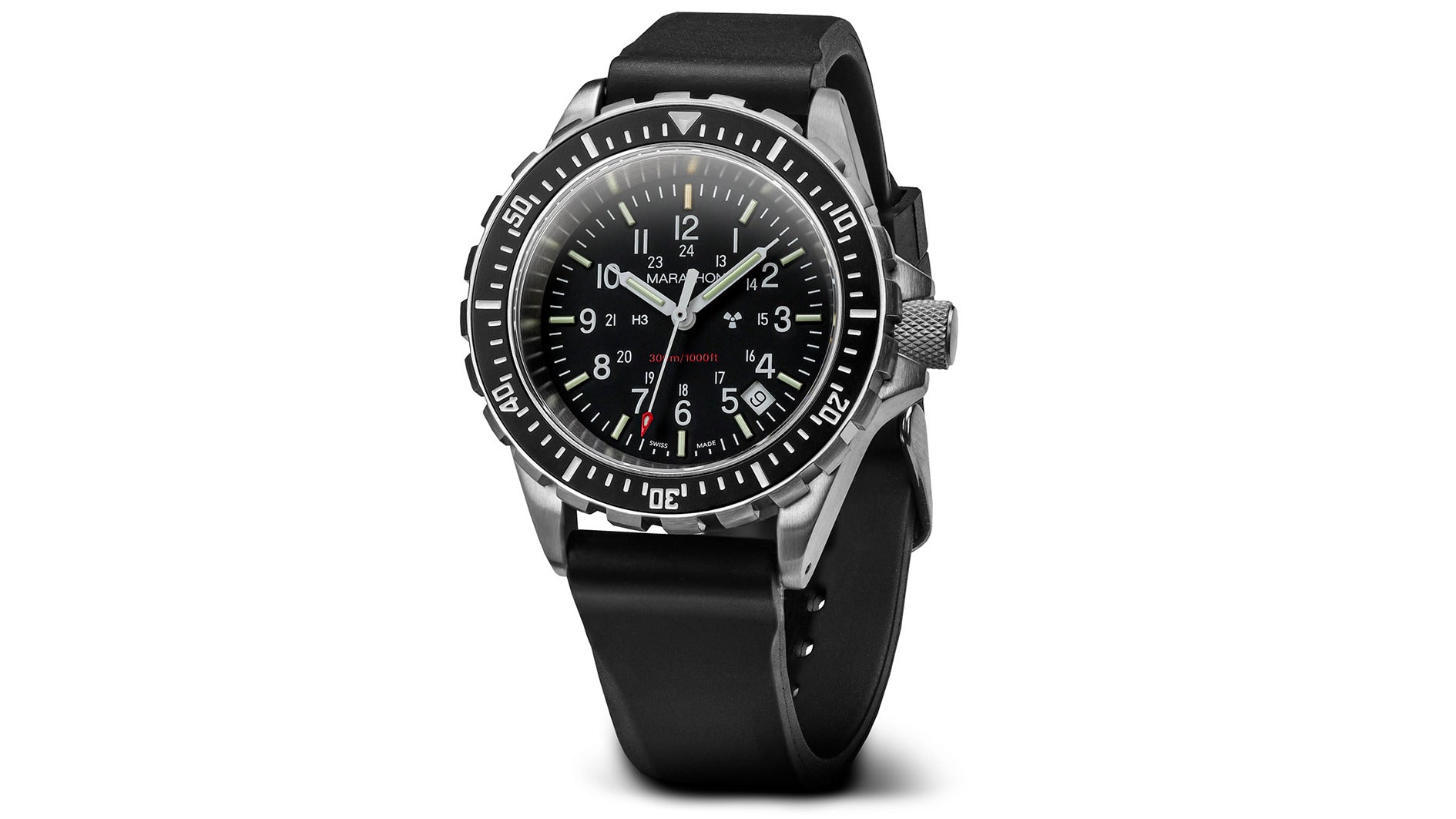
The Marathon Large Quartz Diver's Watch (TSAR) - Image credit WatchGecko.
MSAR

The Marathon Medium Automatic Diver's Watch (MSAR) - Image credit WatchGecko.
All SAR watches, irrespective of case size, have the expected professional diver specifications such as brushed steel cases with protection shoulders for the screw down crown, a unidirectional bezel, AR coated sapphire crystals and drilled lugs - which are always useful if you want to replace the standard Vulcanised rubber strap or transition to a military style strap.
Why buy a Marathon SAR?
The SAR models are the most expensive watches in the Marathon portfolio but when you consider what you are getting for your money, they represent exceptional value. It is rare to find such capable models, with bespoke design features, quality movements and full tritium dials for around - or even under - the £1000 mark. The 36mm MSAR models especially will appeal to divers who want a highly capable outdoor watch in a more compact case size.
The SARs are quintessential tool watches projecting a distinctly high-end equipment feel. Whether it is the purposeful deeply set dials, polished rehaut or super bold numerals there is something extremely reassuring about wearing any of the Marathon Diver watches; a sensation that this is a truly well-designed piece of equipment which will never let you down. Almost certainly another less tangible factor is that Marathon watches have such a strong military reputation that some milspec DNA must have filtered into the SARs. With specifications and heritage like this there are no good reasons not to consider a Marathon SAR if you in the market for a professional dive watch or are simply looking for a super capable tool watch to add to your collection.
Check out our full collection of Marathon watches, including all Marathon SAR models mentioned in this article here.


